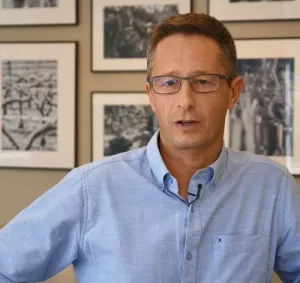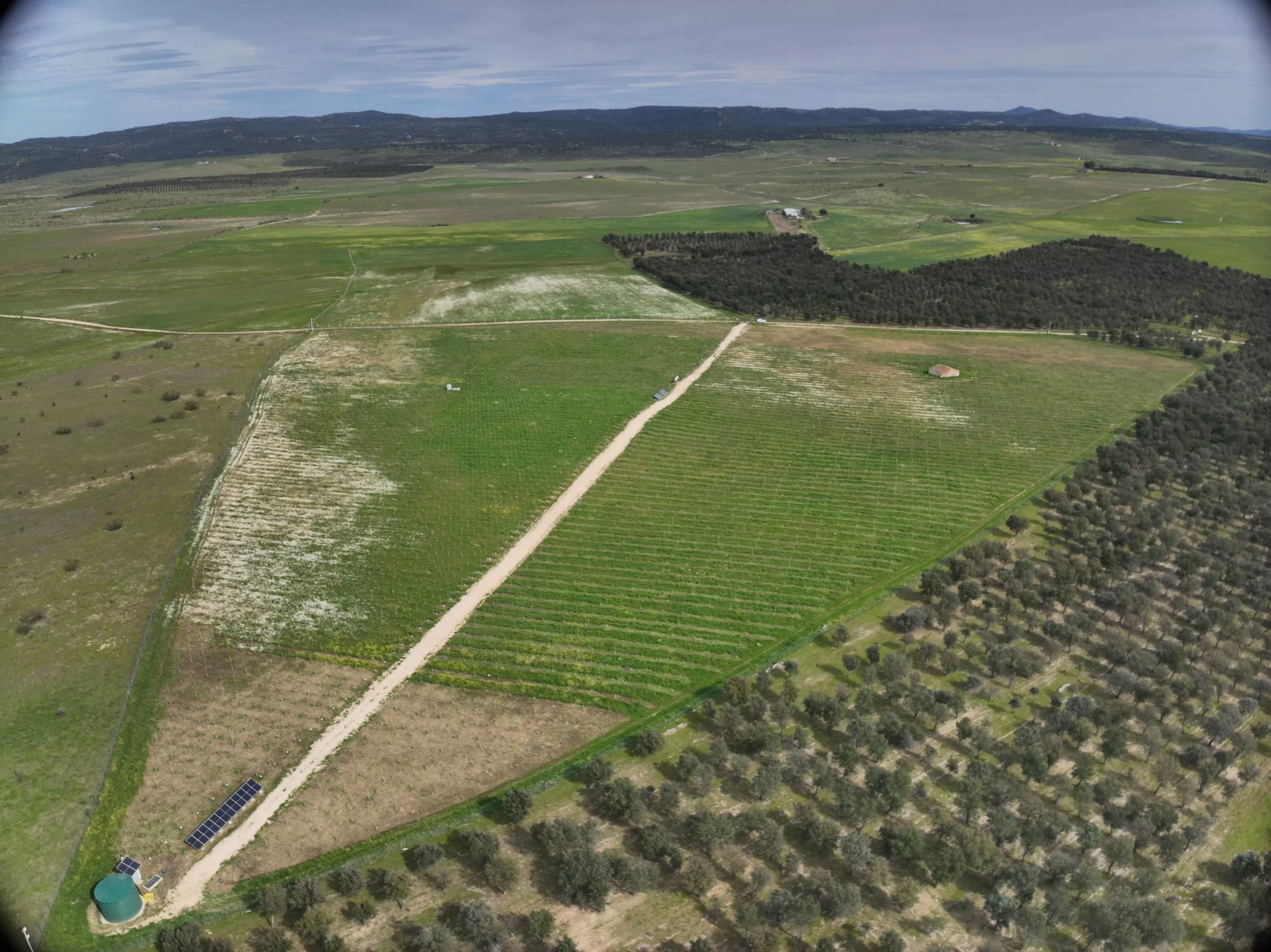
With over 10 active patents, the company has always focused on innovation and research. The two main areas of interest for our teams are oxygen transfer and naturalness of closures. Their work has enabled the company to continue to develop different, differentiated and controlled permeabilities to meet multiple customer needs.
In 2018, the research and development department based in Céret added a new centre of expertise called the Oenology Centre. For Christophe Loisel, director of R&D, the objective is twofold:
"We need to better understand and quantify the exchange of oxygen through the closure. This will allow us to better define and explain the impact of its contribution on the aromatic development of bottled wines during ageing, year after year'.
Diam Bouchage is currently conducting more than twenty research projects around the world to better understand the oxygen requirements of different wines, depending mainly on grape variety, grape maturity and the amount of SO2 added initially.
The company collaborates with major universities: Geisenheim (Germany), AWRI (Australia), Beijing Agriculture College (China), Universidad de Zaragoza (Spain), Université de Bourgogne (France), ISVV Bordeaux (France), IFV Centre du rosé (France), Agrarian University of Athens (Greece), University of Naples / of Verona (Italy), UC Davis (USA), etc.
For more than a year, the Diam Bouchage Oenological Centre team has been touring the world to present the results of its research to wine professionals.
In 2019, the first results led to the publication of 4 scientific articles* on the impact of closure on the ageing of bottled wines in the Revue des Œnologues (France).
For Bruno de Saizieu, Commercial Director, this is just the beginning of a major breakthrough in terms of closure technology:
"Tomorrow, our customers will bottle the same wine on the same day, with different sized Diams depending on the destination of the bottle and the evolution of the wine desired by its creator. Consumers will be able to order bottles of the same wine to drink in 3, 5, 10 or 30 years!
Read the articles here: https://www.diam-bouchon-liege.com/publications-techniques



